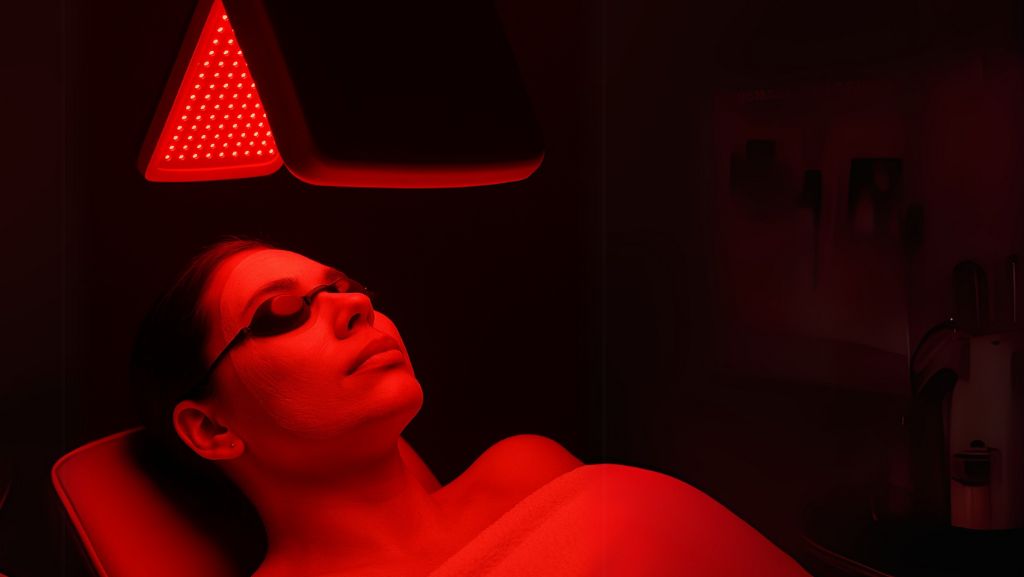Imagine finishing an intense workout session. Your muscles are tired, sore, and begging for relief. You already know how important recovery is, but the process can feel frustratingly slow. What if there were a simple way to help your body bounce back faster? That is where red light therapy for muscle recovery comes in.
This therapy has been growing in popularity, especially among athletes and fitness fans, for its potential to reduce muscle discomfort and speed up recovery. But how does it work, and can it really make a difference? Let’s skim through.
Table of Contents
ToggleWhat Is Red Light Therapy?

Red light therapy is a wellness treatment that uses specific wavelengths of red and near-infrared (NIR) light to promote healing in the body. Unlike the harmful rays of the sun that can damage your skin, red light is totally safe and also goes very deeply into your body tissues without any damage at all. When these little light rays hit your cells, they spark a reaction that can help your body’s natural healing process.
Beyond helping muscles heal better, red light therapy in East Brunswick at Stretch 4 Me improves skin health, reduces joint pain, and even boosts mood. It is totally non-intrusive, totally painless, and straightforward as long as you have the proper equipment.
Understanding Muscle Recovery
To understand why red light therapy might help, it is important to first know how muscle recovery works. After you exercise, your muscles develop tiny tears at a microscopic level. This is completely normal—it is how your muscles grow stronger. But these tears need time to repair. During recovery, your body also reduces swelling around the muscles, clears out toxins, and restores energy levels so you are ready for your next workout.
While this process is natural, it is not always quick. Things like soreness, fatigue, and inflammation can slow you down, making it harder to stay consistent with your fitness goals.
Common Challenges with Muscle Recovery
- Delayed onset muscle soreness (DOMS): Aching muscles that show up a day or two after exercising.
- Fatigue: Feeling drained and lacking energy after a grueling session.
- Inflammation: Swelling in the muscles that causes stiffness or discomfort.
- Prolonged recovery time: Taking longer than expected to feel ready for your next workout.
How Red Light Therapy Speeds Up Muscle Recovery
Boosting Cellular Energy for Faster Repair
Enhancing Circulation to Aid Recovery
Reducing Inflammation and Pain
Scientific Studies Supporting Red Light Therapy
Notable Research Results
Comparing Red Light Therapy to Traditional Recovery Methods
How to Use Red Light Therapy Safely and Effectively
Choosing the Right Device
For home use, look for a red light therapy device from a trusted brand. You will want to try something that emits specifically red and near-infrared light, and the light should fall in a very specific wavelength range (usually somewhere between 630 and 850 nanometers). Some devices target small areas, while others, like panels, can treat larger sections of your body. You can also book your appointment with Stretch 4 Me for an effective and outstanding session.
Recommended Session Lengths and Frequency
The Verdict
While muscle recovery support is an integral part of your active and healthy routine, it can, unfortunately, take longer than you want. That is where red light therapy can help speed things up. Red light therapy is something you should look into, whether you are a professional athlete or someone who simply takes their fitness routine seriously. With the right tools and some skill, recovery can become effortless. Give it a try, and let your muscles thank you later!
